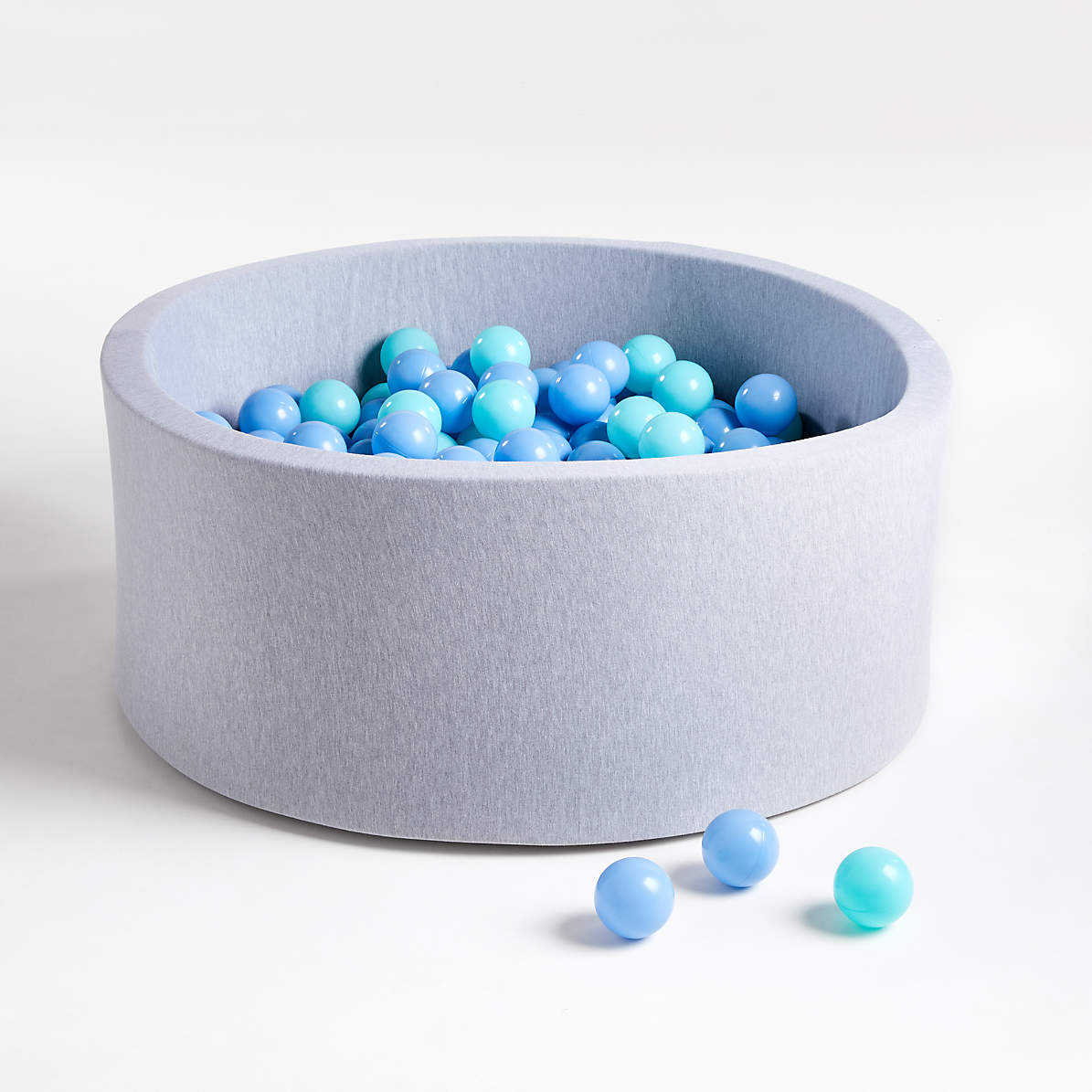
Baby Ball Pit: A Comprehensive Guide for Parents
Introduction
Baby ball pits have become increasingly popular in recent years, offering a fun and stimulating environment for infants and toddlers. These colorful and interactive play areas provide numerous developmental benefits, fostering physical, cognitive, and social skills. However, it is essential for parents to understand the safety considerations and age-appropriate use of baby ball pits to ensure a safe and enjoyable experience for their little ones.
Developmental Benefits of Baby Ball Pits
-
Physical Development: Crawling, climbing, and jumping in a ball pit strengthens muscles, improves coordination, and enhances gross motor skills. The soft balls provide a cushioned surface, reducing the risk of injuries during falls.
-
Cognitive Development: Exploring the ball pit stimulates sensory perception, problem-solving abilities, and hand-eye coordination. The bright colors and different textures of the balls encourage curiosity and exploration.
-
Social Development: Ball pits provide a shared play space where infants and toddlers can interact with each other, developing social skills such as cooperation, sharing, and communication.
Safety Considerations
-
Age Appropriateness: Baby ball pits are generally suitable for children between 6 months and 3 years old. Infants under 6 months may not have the necessary neck control and coordination to safely play in a ball pit.
-
Supervision: Constant adult supervision is crucial when children are playing in a ball pit. This ensures that they do not swallow or choke on balls, get trapped underneath the balls, or engage in unsafe behavior.
-
Cleanliness: Ball pits should be regularly cleaned and disinfected to prevent the spread of germs and bacteria. Parents should check the cleanliness of the ball pit before allowing their children to play.
-
Ball Size and Material: The balls in a baby ball pit should be small enough to prevent choking hazards but large enough to prevent them from getting stuck in the child’s mouth or nose. They should also be made of non-toxic materials that are safe for children to chew on.
-
Depth of the Ball Pit: The depth of the ball pit should be appropriate for the child’s age and size. Infants and toddlers should only play in shallow ball pits that allow them to stand up easily.
Choosing the Right Baby Ball Pit
When selecting a baby ball pit, consider the following factors:
-
Size: Choose a ball pit that is large enough for your child to move around comfortably but not so large that they can get lost or overwhelmed.
-
Shape: Ball pits come in various shapes, such as square, rectangular, and circular. Choose a shape that fits well in your play area and provides ample space for play.
-
Material: Ball pits can be made of different materials, including plastic, foam, and fabric. Plastic ball pits are durable and easy to clean, while foam ball pits provide a softer and more cushioned surface. Fabric ball pits are less durable but offer a more cozy and inviting environment.
-
Theme: Ball pits come in a variety of themes, such as jungle, ocean, and princess. Choose a theme that your child will enjoy and that complements your playroom décor.
-
Number of Balls: The number of balls in a ball pit can vary significantly. Consider the size of the ball pit and your child’s age when determining the appropriate number of balls.
Creating a Safe and Fun Ball Pit Experience
-
Establish Rules: Set clear rules for playing in the ball pit, such as no throwing balls, no jumping on others, and no eating or drinking in the ball pit.
-
Provide a Soft Landing: Place a soft mat or carpet around the ball pit to provide a cushioned surface for falls.
-
Limit Play Time: Start with short play sessions and gradually increase the duration as your child becomes more comfortable and coordinated.
-
Encourage Active Play: Encourage your child to crawl, climb, and jump in the ball pit to maximize the developmental benefits.
-
Clean the Ball Pit Regularly: Clean the ball pit according to the manufacturer’s instructions to prevent the spread of germs and bacteria.
Conclusion
Baby ball pits offer a fun and stimulating environment that promotes physical, cognitive, and social development in infants and toddlers. By understanding the safety considerations, choosing the right ball pit, and creating a safe and fun play experience, parents can ensure that their little ones enjoy the benefits of ball pit play while minimizing any potential risks.
